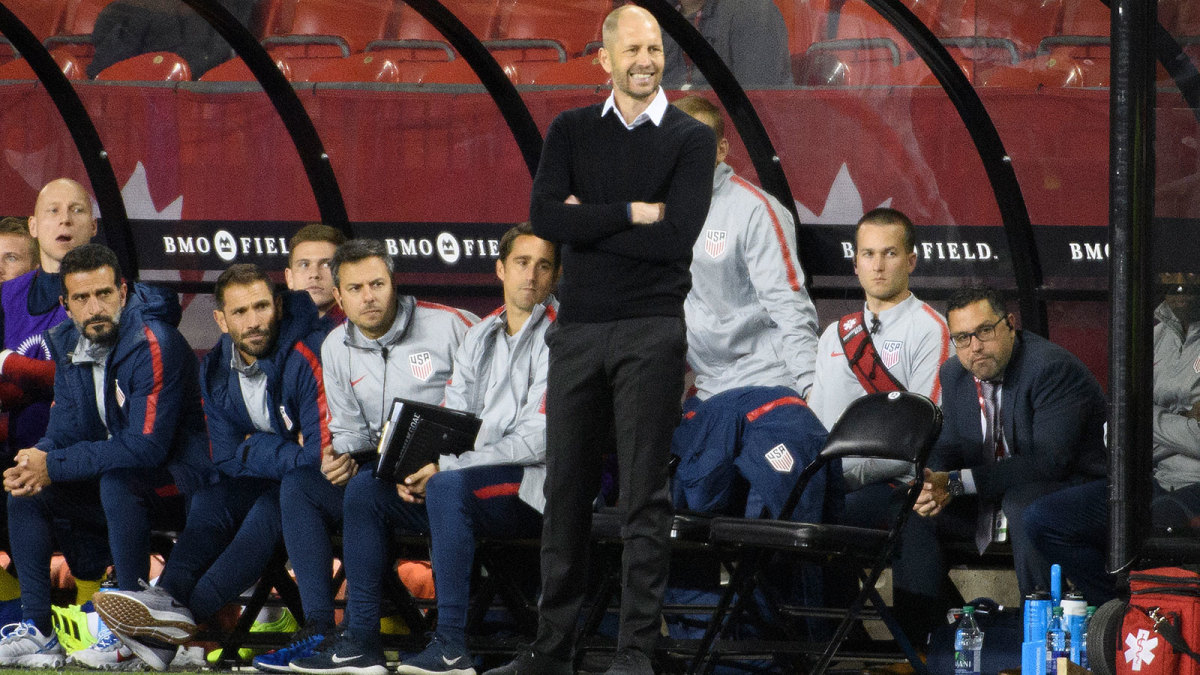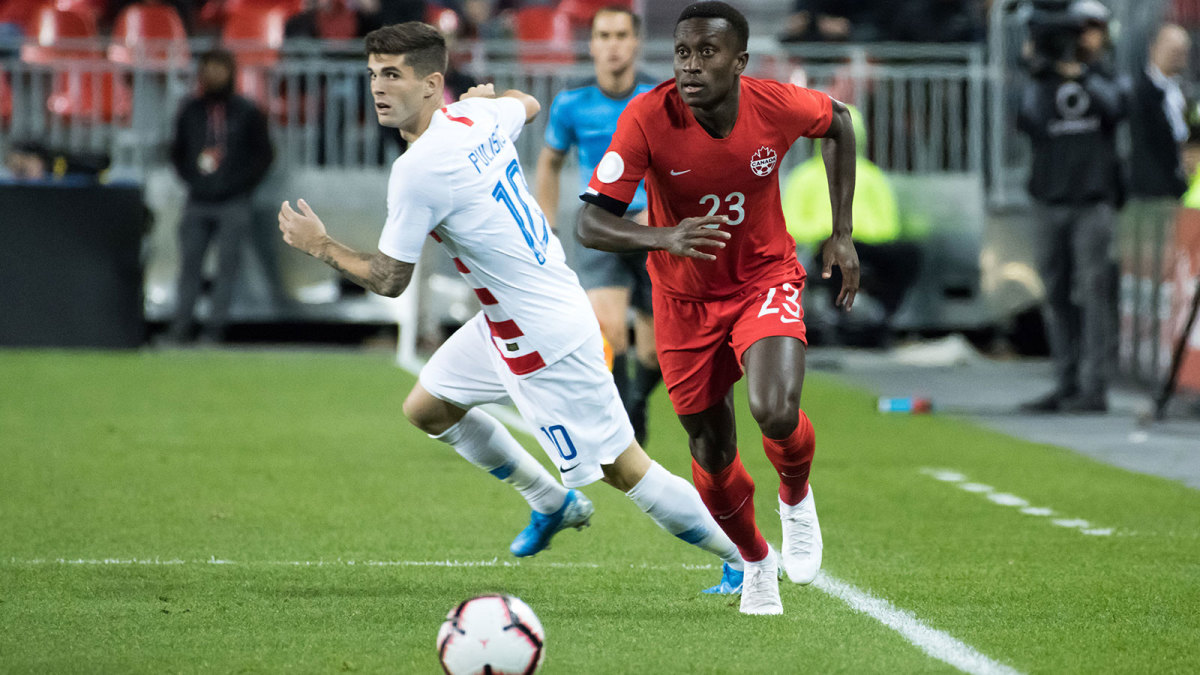USMNT, U.S. Soccer Remain Stuck in Crisis Mode

The U.S. men’s national team—and let’s be clear, the U.S. Soccer Federation as a whole—are in crisis again. And the whole thing makes you wonder if anyone learned any lessons at all from the monumental failure to qualify for World Cup 2018.
On Tuesday, Gregg Berhalter’s USMNT lost 2-0 to Canada in Toronto in the Concacaf Nations League, a loss that was deserved, a loss that was historic (the first time Canada has beaten the U.S. in 34 years) and a loss that probably should have been by an even bigger margin. It was the latest example that the U.S., whose best teams were always hard to play against, has lost that identity in the last five years of freefall.
It was one thing to lose 1-0 to Mexico in the 2019 Gold Cup final. But to lose 3-0 to the Mexicans after that (while failing to execute on the basics) and 2-0 to the Canadians in a competitive game are other things entirely.
Under Berhalter—as was the case under Jurgen Klinsmann and Bruce Arena—the U.S. is worse than the sum of its parts. The talent that is there is being asked by Berhalter to adopt a play-out-of-the-back tactical approach that isn’t suited to the players at hand, who would be better off using a more direct style that (combined with pressing) would help keep the ball in the opponent’s half of the field. If Berhalter doesn’t adapt now, he should be out of a job soon.

We have grown far too accustomed to seeing pictures of Christian Pulisic, a generational talent, in a moment of agony frozen on his face, whether the scene was after the 2017 fiasco in Trinidad and Tobago or after Pulisic was removed in the 60th minute by Berhalter against Canada. (The coach later said Pulisic had been suffering flu-like symptoms, though the player said he was fine.) Pulisic wasn’t at his best on Tuesday, but he was the Americans’ best hope of getting back in the game.
But the problems aren’t just with Berhalter and his team. The U.S. Soccer Federation created this situation. Instead of taking the one silver lining of the World Cup qualifying failure—the ability to use a year that most other nations didn’t have and start rebuilding—U.S. Soccer wasted a year and didn’t hire Berhalter until December 2018 when he would have taken the job in December 2017. If Berhalter was going to install a complex new system, the year to do it would have been 2018, not 2019.
Even worse, the process to hire Berhalter wasn’t even a real process. General manager Earnie Stewart interviewed just two candidates, Berhalter and Óscar Pareja. What kind of job search in any field involves interviewing just two candidates? Stewart didn’t interview Jesse Marsch. He didn’t interview Tata Martino, who was interested but was disqualified for the ludicrous reason of not speaking good enough English. He didn’t interview former Spain coach Julen Lopetegui, who literally contacted U.S. Soccer expressing his interest. He didn’t interview Bob Bradley or Tab Ramos, the coach who has gotten the U.S. team to the quarterfinals of the last three Under-20 World Cups.
And for this, Stewart was recently given a promotion from men's national team GM to sporting director for the entire federation, including the world champion USWNT? Seriously?

But here’s the kicker: Even if Stewart decided he wants to fire Gregg Berhalter, it’s very possible that Stewart will soon report directly to–wait for it–Jay Berhalter, Gregg’s brother, who remains the leading candidate to be named as the new U.S. Soccer CEO (replacing Dan Flynn). That’s the same Jay Berhalter who was the subject of a recent New York Times story citing complaints that he created a toxic workplace inside the federation.
The culture of the U.S. Soccer Federation has long been described as clubby and insular, resistant to change, quick to excommunicate anyone who rocks the boat (see: Michelle Akers, Hope Solo, Eric Wynalda) and too slow to welcome black Americans or Latinos. (The USSF Spanish language Twitter page hasn’t posted since November 2018.)
And for all the apparent upheaval of the eight-candidate USSF presidential campaign of late 2017 and early ’18, the result was pretty much the status quo. The sitting federation vice-president, Carlos Cordeiro, won the presidency. The same people running the federation day to day, Flynn and Jay Berhalter, continued in their positions. The federation went full speed ahead with its business relationship with Soccer United Marketing, owned by MLS owners, which has raised serious questions over conflicts of interest. And the lawsuits against U.S. Soccer kept multiplying. The federation is now being sued by the USWNT players for gender discrimination; by Hope Solo in a separate case; by the U.S. Soccer Foundation, a charity; by the NASL; and by Relevent Sports.
Is it any wonder U.S. soccer fans are angry?
